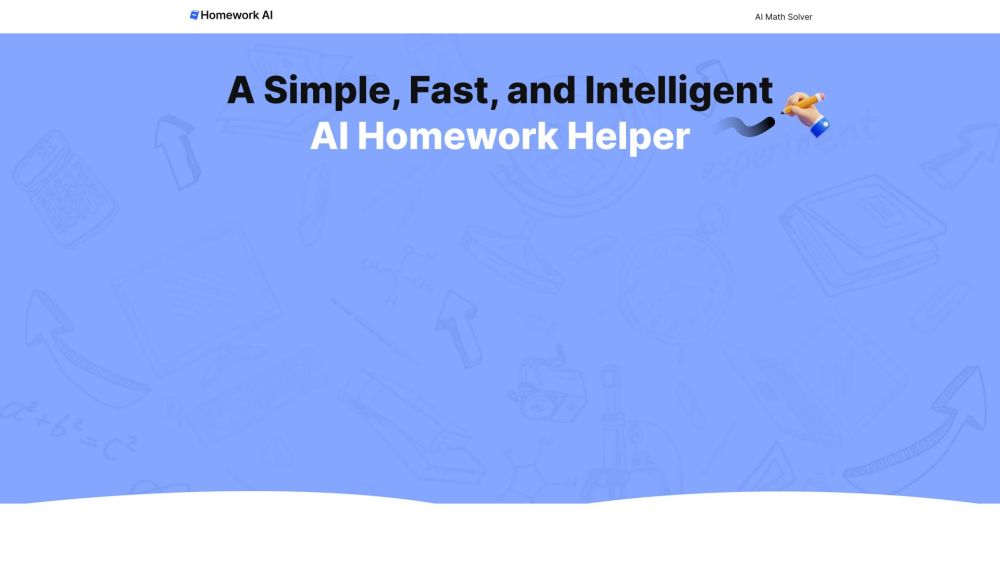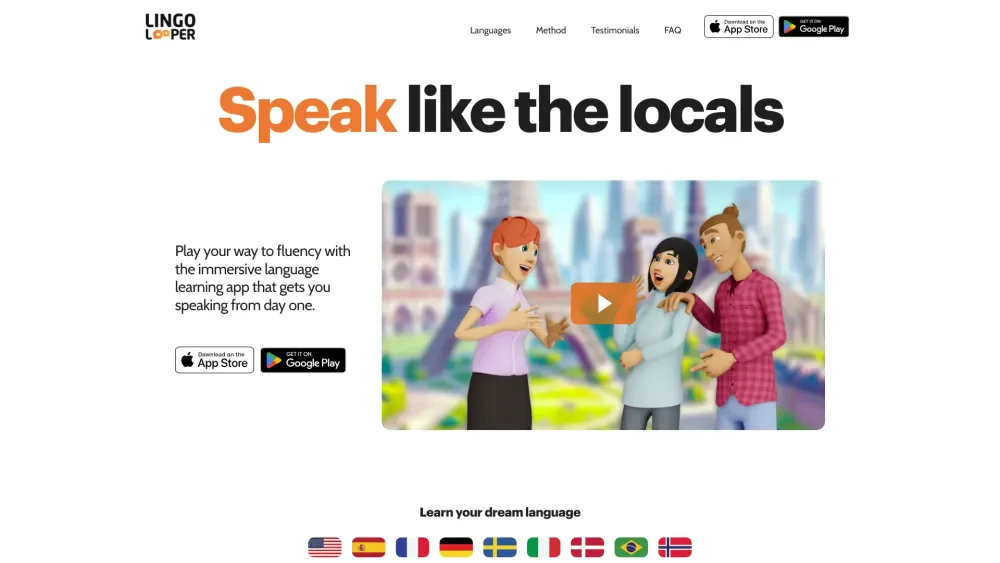Today’s tools simplify the creation of AI-powered applications, yet many developers often shy away from the complexities of model hosting. Choosing between options like OpenAI’s GPT-4, Meta’s Llama 3, Google’s Gemini, or various open-source models is one challenge, but deploying these models presents a whole new set of difficulties.
This intricate task can frustrate developers, potentially stifling their entrepreneurial aspirations. However, Microsoft provides a solution that enables developers to refocus on creativity rather than technical obstacles. Their Models-as-a-Service (MaaS) offering is akin to cloud services, allowing users to pay for model access instead of managing infrastructure. This service is accessible through Microsoft’s AI Azure Studio.
“If you’ve ever deployed a model, you know it involves complex combinations of Pytorch versions and hardware specifications,” explains Seth Juarez, principal program manager for Microsoft’s AI platform. “MaaS abstracts that complexity. If you have a model—either open-source or created by OpenAI—you can easily access it through our catalog. With just a click, you have an operational endpoint ready to use.”
With MaaS, developers can easily rent inference APIs and host fine-tuning on a pay-as-you-go basis, all without the need for a virtual machine. Juarez notes that while Microsoft offers over 1,600 models with various functionalities, the aim of MaaS is to make it simpler for developers to integrate AI features into their software.
Since its launch in 2023, Microsoft has made select models available through MaaS. Initially, models like Mistral-7B and Meta’s Llama 2 were introduced. Recently, TimeGen-1 from Nixtla and Core42 JAIS joined the lineup, with additional models from AI21, Bria AI, Gretel Labs, NTT Data, Stability AI, and Cohere on the horizon. However, only a small portion of what’s available in AI Azure Studio qualifies as MaaS models.
Model eligibility often stems from corporate partnerships, although Juarez admits he lacks insight into the specifics of these collaborations. Other models are included because API modifications have standardized their function signatures for MaaS compatibility. However, more specialized models must be deployed using different methods. “That’s why some are classified as Models-as-a-Service while others can be pushed into your own container for managed inference,” Juarez explains.
Juarez anticipates a future where developers have a choice between two approaches—akin to being a homeowner or a renter. “In this model, you own the entire container and the model and handle maintenance, whereas with MaaS, we manage that upkeep for you. The more models we support, the more options developers have for renting,” he notes.
MaaS isn’t a novel concept, but it showcases a significant shift in the tech landscape. Juarez believes the dynamics have shifted—rather than tech companies dictating our needs, consumers are now vocalizing demands for specific features and services. This evolution has been fueled by the parallel advancements in AI research and commercialization. “We’re witnessing this inversion, where users are now driving demand due to the widespread usage of tools like ChatGPT, prompting enterprises to catch up and offer the requested experiences,” he concludes.





